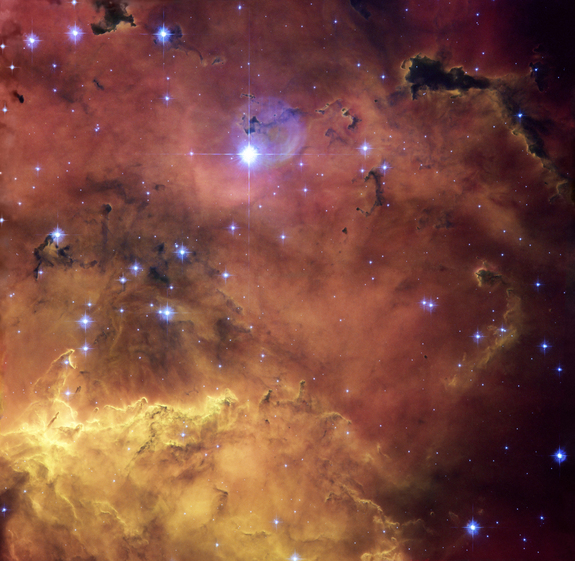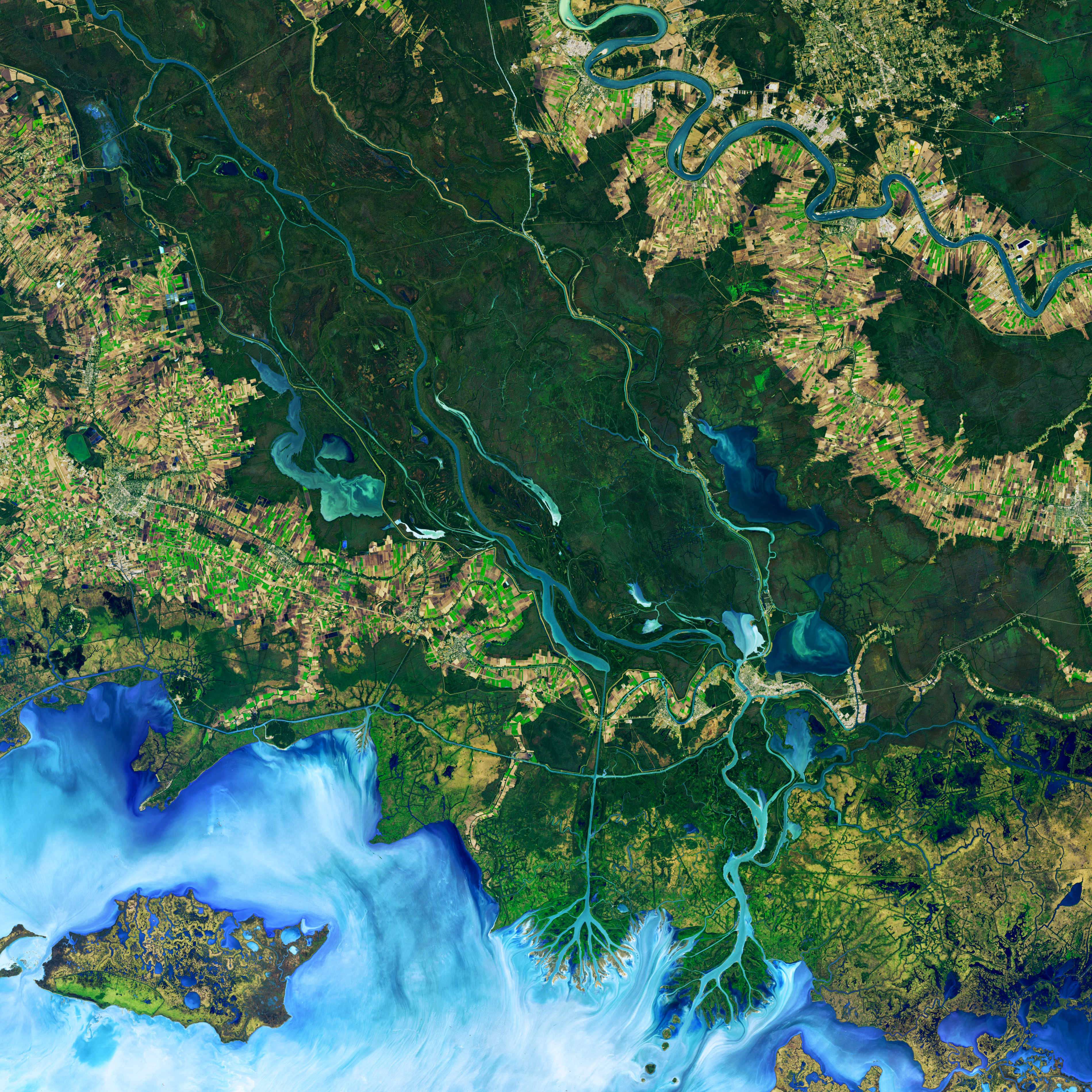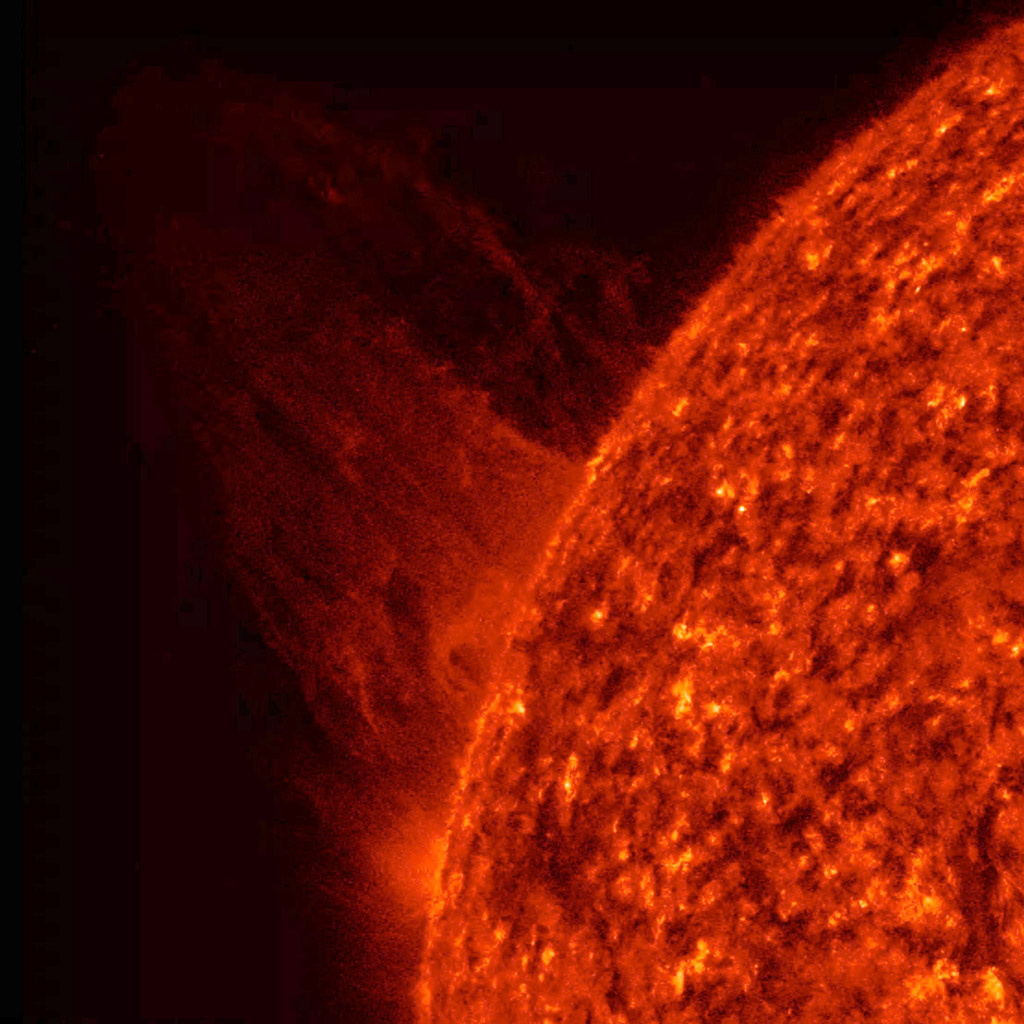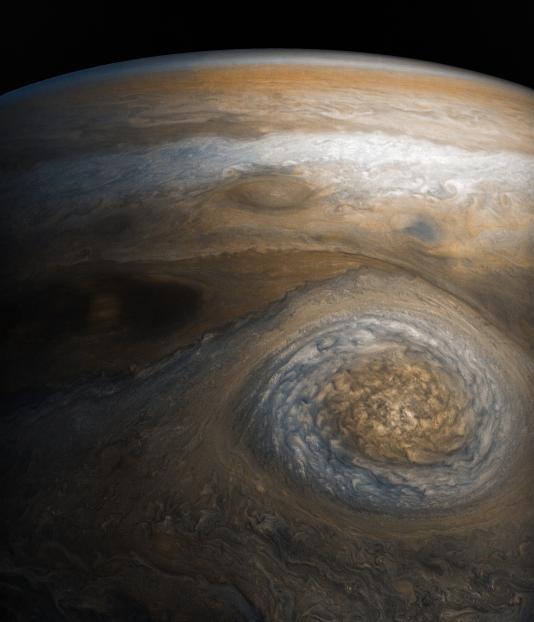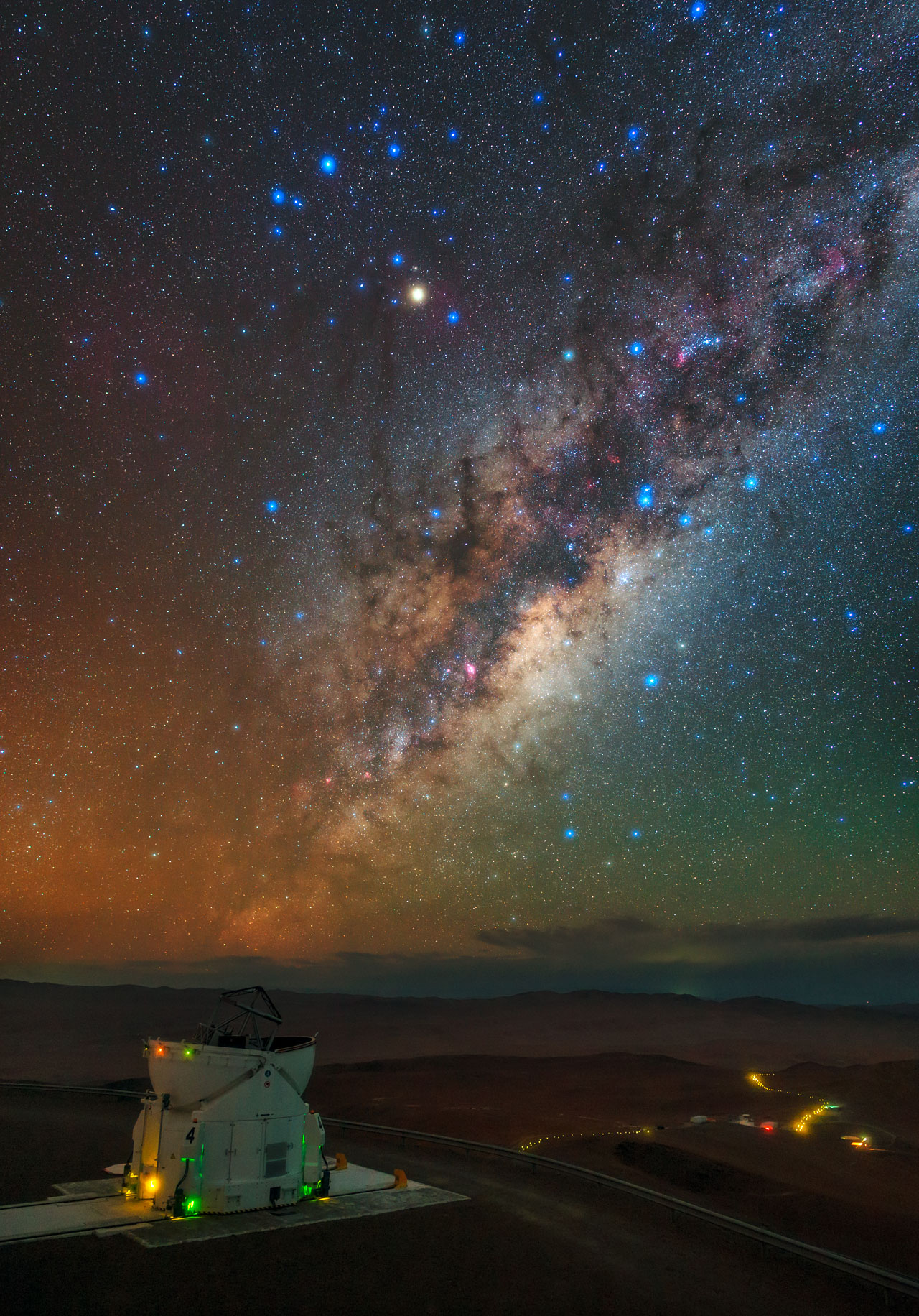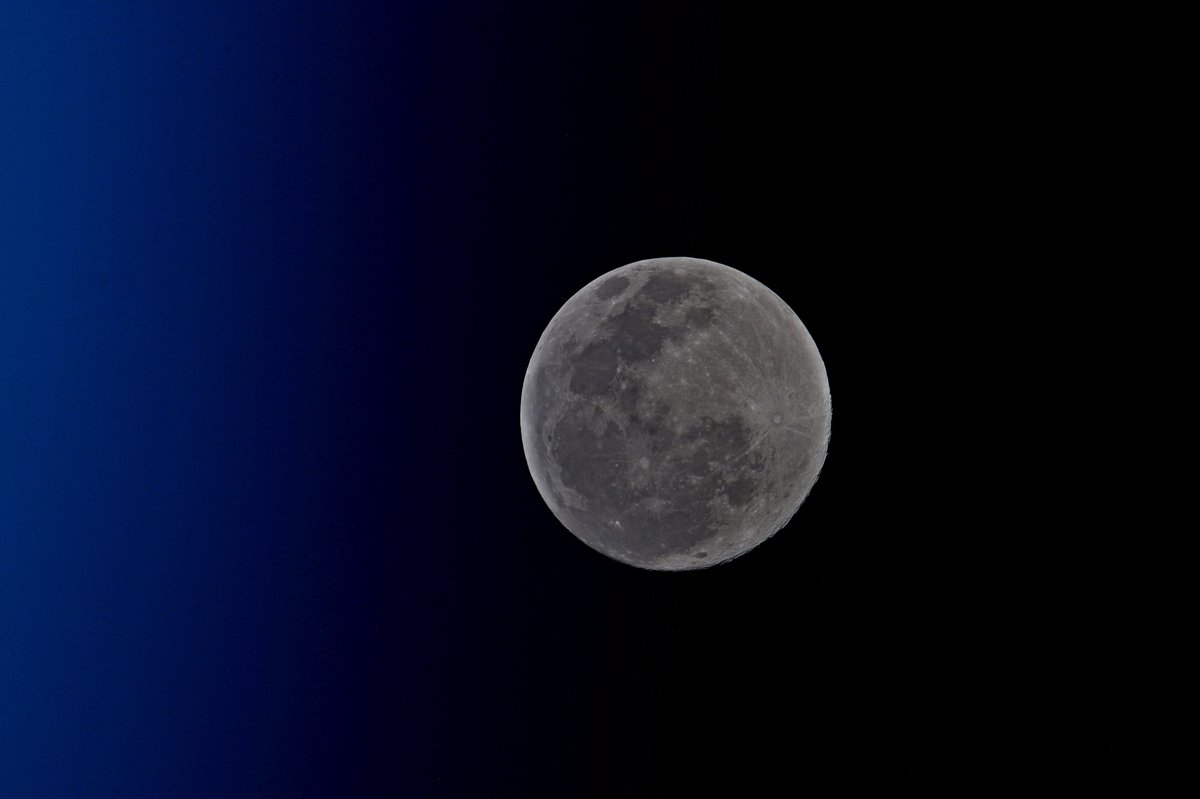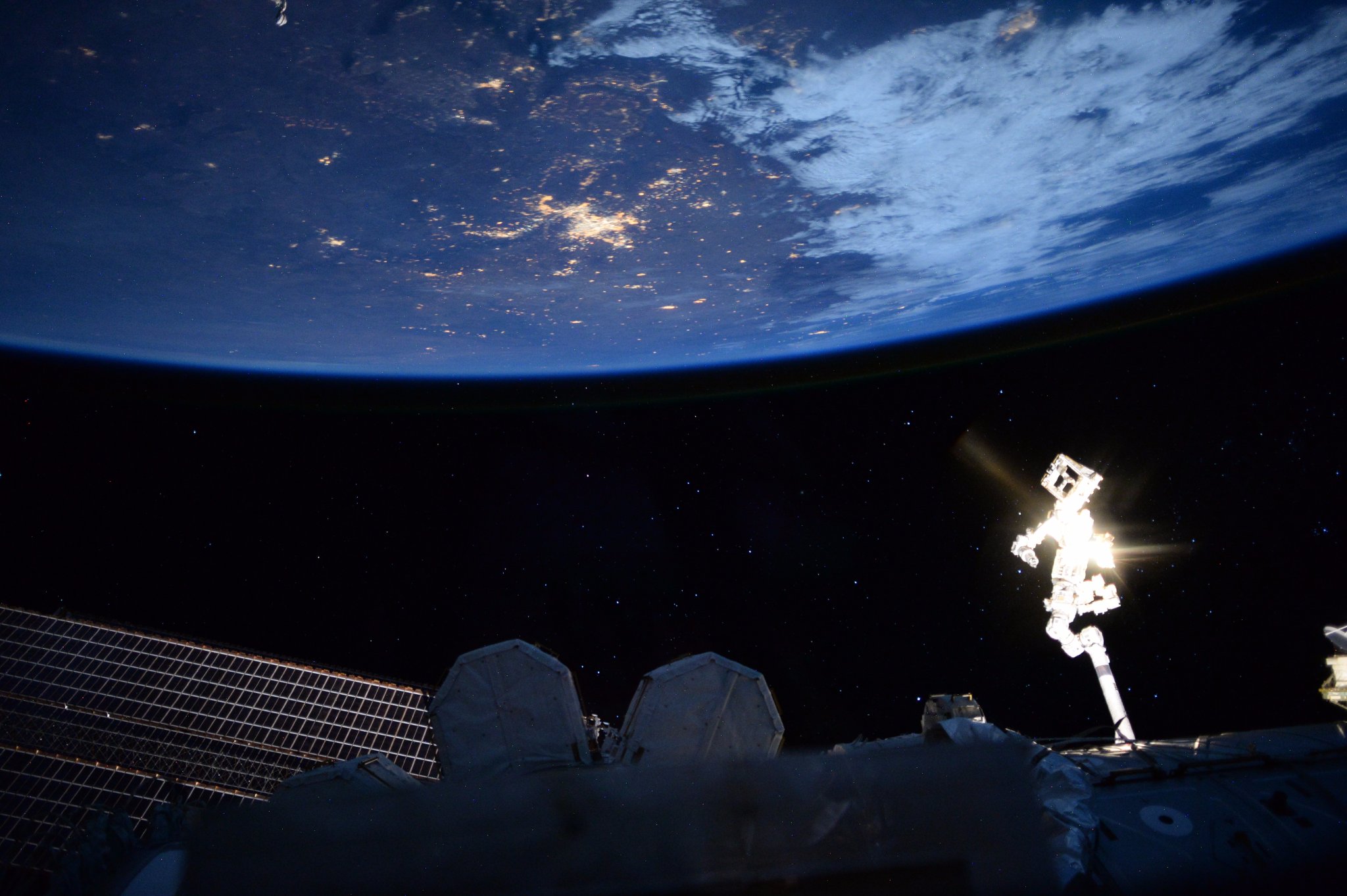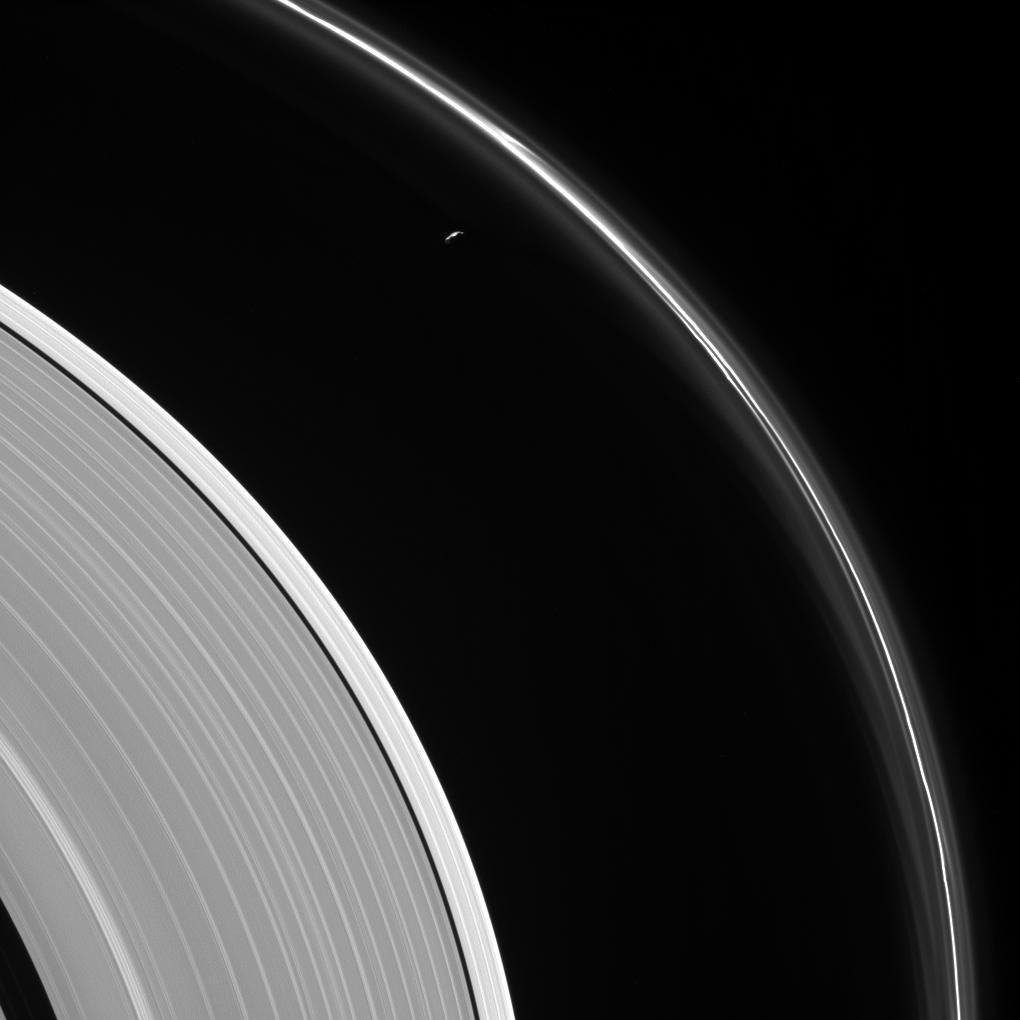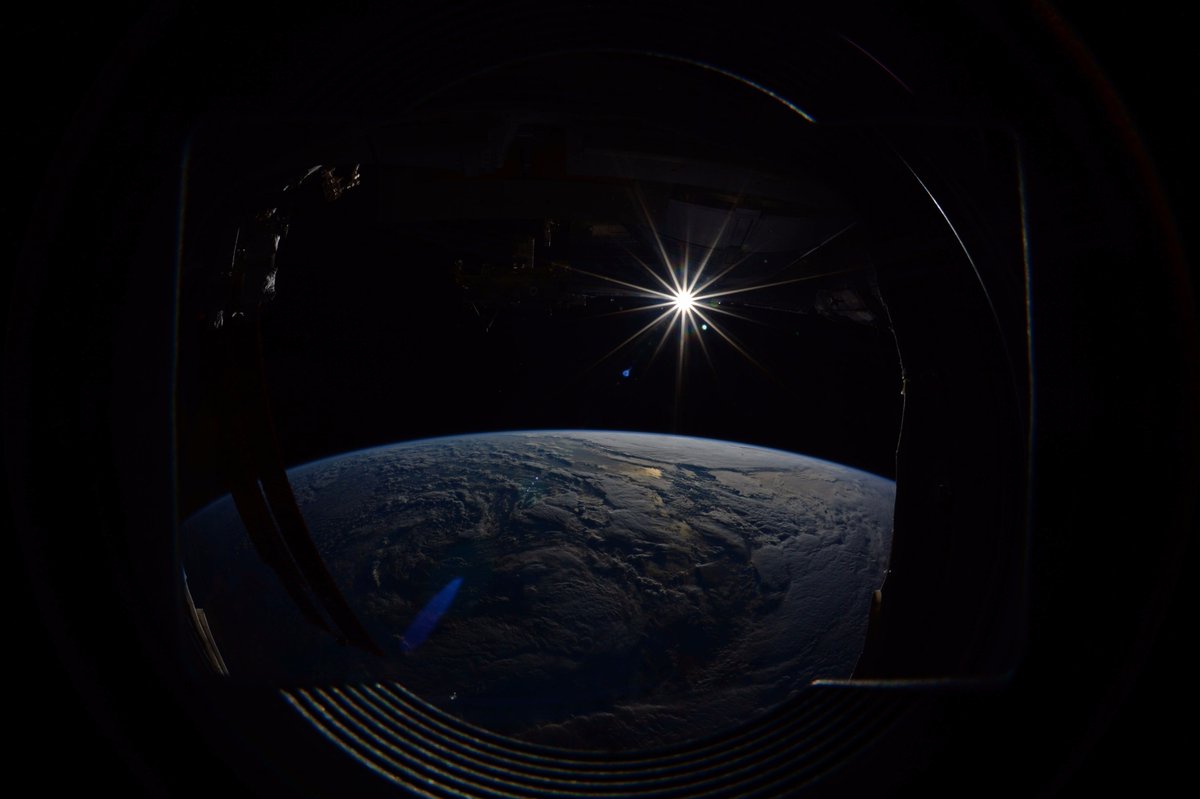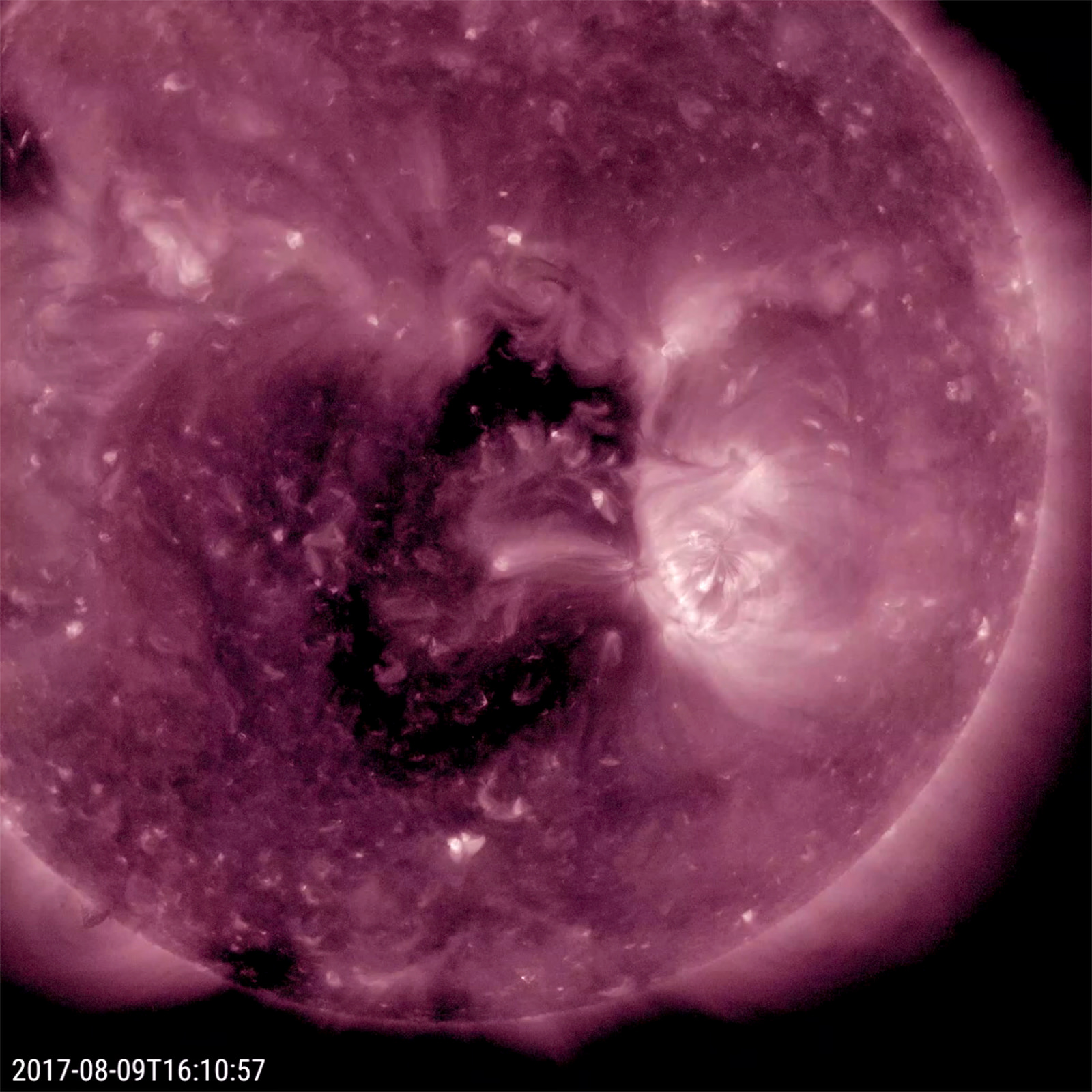Space Image of the Day Gallery (August 2017)
Image of the Day Archives
For older Image of the Day pictures, please visit the Image of the Day archives. Pictured: NGC 2467.
A Windy Sculptor
Tuesday, Aug. 1, 2017: Researchers analyzed around 10,000 satellite images taken between 1982 and 2016 to see how the land had changed near the Mississippi Delta, finding that winds had driven the growth of inland ponds. This false-color image was taken by the Landsat 8 satellite, which is a collaboration between NASA and the U.S. Geological Survey. — Sarah Lewin
Super Typhoon Swirls
Wednesday, Aug. 2, 2017: NASA astronaut Randy Bresnik, newly arrived at the International Space Station, caught this epic view of Super Typhoon Noru swirling across Earth Aug. 1. — Sarah Lewin
See three space fliers' views of the storm here.
Plasma from the Sun
Thursday, Aug. 3, 2017: NASA's Solar Dynamics Observatory caught this view of a sheet of plasma blasting out from just behind the edge of the sun July 28. Over the course of 3.5 hours, some of the material flew off into space but some fell back onto the sun. — Sarah Lewin
Another Jupiter Storm
Friday, Aug. 4, 2017: NASA's Juno spacecraft caught a a dynamic storm swirling at the southern edge of Jupiter's Northern polar region. It has been tracked since at least 1993, and it is known as the (not particularly catchy) North North Temperate Little Red Spot 1. It generally stretches 3,700 miles (6,000 km) across. The image was processed by citizen scientists Gerald Eichstädt and Seán Doran from JunoCam data; the bottom of the image is toward Jupiter's top, and the top is its equatorial regions. — Sarah Lewin
Chilean Milky Way
Monday, August 7, 2017: The Milky Way glistens over the European Southern Observatory's guest house "Residencia" at Cerro Paranal, an astronomical observatory in the Atacama desert of northern Chile. Cerro Paranal is home to the Very Large Telescope, which is surrounded by four smaller Auxiliary Telescopes, one of which is shown here. — Hanneke Weitering
Full 'Sturgeon' Moon
Tuesday, August 8, 2017: NASA astronaut Jack Fischer captured this view of the full moon from his post at the International Space Station on Aug. 7, 2017. "Now that’s what I call a full moon! Although it does resemble the Death Star," Fischer tweeted along with the photo. August's full moon is also known as the Sturgeon Moon. — Hanneke Weitering
Breaking space news, the latest updates on rocket launches, skywatching events and more!
Goodnight, Earth!
Wednesday, August 9, 2017: The International Space Station passes over the nighttime side of Earth in this photo taken by NASA astronaut Randy Bresnik. A little evening sunlight is seen reflecting off of the space station's robotic arm, Canadarm2. "From your 6 inhabitants that orbit you daily, Goodnight Earth," Bresnik tweeted Tuesday night. — Hanneke Weitering
Prometheus & the F ring
Thursday, August 10, 2017: NASA's Cassini spacecraft captured this view of Saturn's little moon Prometheus, which orbits near the inner edge of the planet's faint F ring. Prometheus may be small, but it has enough gravity to clear a gap between Saturn's rings with its orbit. It's also responsible for many of the wispy features seen around the F ring. — Hanneke Weitering
Starburst Sun
Friday, August 11, 2017: NASA astronaut Jack Fischer snapped this photo of Earth and the sun through a window at the International Space Station. "That’s a cool starburst [and] a pretty planet we have," Fischer tweeted on Wednesday (Aug. 9). — Hanneke Weitering
A Coronal Hole
Monday, August 14, 2017:NASA's Solar Dynamics Observatory captured this image of a huge, gaping coronal hole on the surface of the sun that rotated into view late last week. Coronal holes are openings in the sun's magnetic field where a sea of charged particles known as the solar wind flows into outer space. — Hanneke Weitering

Space.com is the premier source of space exploration, innovation and astronomy news, chronicling (and celebrating) humanity's ongoing expansion across the final frontier. Originally founded in 1999, Space.com is, and always has been, the passion of writers and editors who are space fans and also trained journalists. Our current news team consists of Editor-in-Chief Tariq Malik; Editor Hanneke Weitering, Senior Space Writer Mike Wall; Senior Writer Meghan Bartels; Senior Writer Chelsea Gohd, Senior Writer Tereza Pultarova and Staff Writer Alexander Cox, focusing on e-commerce. Senior Producer Steve Spaleta oversees our space videos, with Diana Whitcroft as our Social Media Editor.
